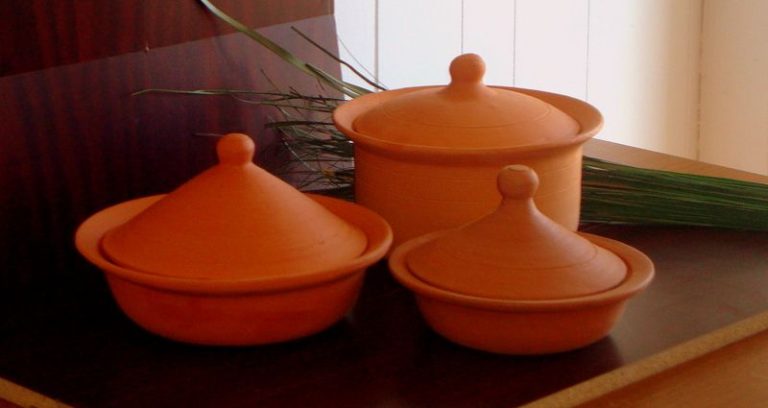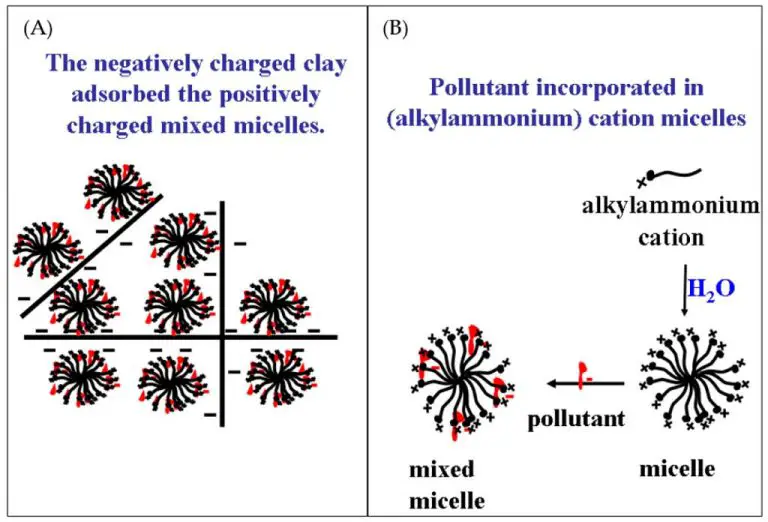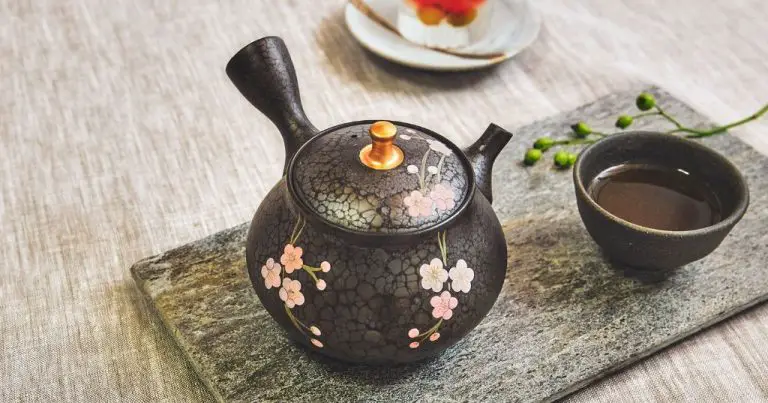What Colour Is Dark Teal?
Defining Dark Teal
Dark teal is a darker shade of the color teal, which is a bluish-green tone that lies between blue and green on the color spectrum. The first recorded usage of the name “teal” as a color was in 1917, though the pigment itself has been around since the 1800s (The Remarkable Meanings Of The Color Teal, 2022). As a darker version of teal, dark teal emerged later as designers and paint companies formulated deeper, richer variations of the original teal pigment.
Specifically, dark teal is created by adding more blue and black pigments to standard teal. This results in a darker, cooler, and more muted teal shade than the original. While regular teal evokes the bright, crisp tones of shallow tropical waters, dark teal is more reminiscent of deeper, more mysterious ocean hues (Find Out What Basic Colors Make Teal, 2023). The depth provided by the additional blue and black makes for a more complex, sophisticated teal.
Teal Color History
The origins of the color teal can be traced back thousands of years. Ancient civilizations like the Aztecs prized the rich blue-green hues found in turquoise gemstones and dyes made from minerals. However, the name “teal” is relatively new in the history of color names. According to sources, the first recorded use of “teal” as a color name in English was in 1917[1]. Before this time, blue-green colors were simply called green, blue, or turquoise.
The name “teal” comes from the common teal duck, which has rich blue-green feathers on its head and wings. The word “teal” itself originated from the Dutch word “telen” meaning “to produce.” Over time, the color took on the name of the duck species in the early 20th century.
While teal has ancient roots, its identification as a unique color is relatively recent. Today, teal is a popular and fashionable shade, used in everything from clothing to home decor.
Dark Teal Hex Code
The standard hex code for dark teal is #008080. Hex codes are used to represent colors digitally using the hexadecimal (base 16) number system.source The hex code starts with a hash symbol (#) followed by six digits using the numbers 0-9 and letters A-F. The first two digits represent the amount of red, the middle two digits represent the amount of green, and the last two digits represent the amount of blue.
For dark teal, the hex code #008080 breaks down as:
- 00 – No red
- 80 – Medium amount of green
- 80 – Medium amount of blue
This combination produces a rich, deep blue-green color. The equal amounts of green and blue create a harmonious teal tone, while the low values lead to the darker shade.
Dark Teal RGB Values
The RGB values for dark teal are R: 0, G: 78, B: 78 (Colors.artyclick.com). This means dark teal consists of no red, moderate green, and moderate blue in the RGB color space used for digital colors. The specific shade of dark teal has 0% red, 30% green, and 30% blue composition according to its RGB values. This creates the dark blue-green hue that characterizes dark teal.
Dark Teal CMYK Values
The CMYK values for dark teal are comprised of the four process printing colors cyan, magenta, yellow, and key/black. According to CMYKTool, dark teal has the CMYK color code of CMYK(30, 0, 0, 69), which signifies the percentage of each color. This means that to create dark teal using the CMYK color model, you would use:
- 30% cyan
- 0% magenta
- 0% yellow
- 69% black
These specific CMYK values result in the rich, deep blue-green color that is known as dark teal. The high percentage of cyan contributes the blue tones, while the black adds depth and richness. With no magenta or yellow, the color avoids any brown or olive tones. The CMYK combination is ideal for accurately producing dark teal for print design and other CMYK applications.
Dark Teal in Nature
Dark teal colors can be found in various natural elements like animals, minerals, and plants. Teal birds such as peacocks and kingfishers often have striking dark teal feathers on their wings and tail. Certain rocks and minerals like tealite display deep greenish-blue hues resembling dark teal. Some flowers like bellflower, hydrangea, and orchids can also exhibit dark teal petals.
In the manga Reborn!, the character Uni is described having hair “a darker hair color of dark teal in nature.”1 Similarly, in the manga Mafiosos and Yokais, Uni is noted to have a “darker hair color of dark teal in nature.”2 These literary examples showcase how dark teal hair color can occur naturally in humans.
Overall, dark teal is present across the natural world in animals, minerals, and plants. Its striking blue-green hue stands out in peacock feathers, flower petals, gemstones, and other natural elements.
Dark Teal in Culture
Dark teal is a popular color used in flags, sports teams, and branding. Some notable uses of dark teal in culture include:
Flags – The flag of Turkmenistan features a vibrant dark teal field. The shade represents the country’s blue skies, mighty rivers, and courageous ancestors (https://creativebooster.net/blogs/colors/teal-color-meaning).
Sports Teams – Dark teal is the primary color of the Seattle Seahawks in the NFL. Their teal jerseys help the team stand out on the field (https://www.color-meanings.com/teal-color-meaning-the-color-teal/).
Branding – Many companies use dark teal in their logos and branding to promote a sense of trust, harmony, and confidence. Brands like Land Rover, Starbucks, and PayPal have incorporated dark teal shades into their visual identities (https://kive.ai/colors/color-meanings/dark-teal).
Dark teal has a soothing, sophisticated vibe that appeals to many cultures globally. Its rich hue gives it an upscale, premium look that brands leverage for broad cultural appeal and recognition.
Dark Teal Décor
Dark teal is a versatile and sophisticated color for interior design and home décor. With both cool blue and earthy green undertones, dark teal brings a sense of tranquility and richness to any room.
In living rooms, dark teal works beautifully on accent walls, pillows, curtains, and upholstered furniture. It creates an enveloping, cozy atmosphere. Pair dark teal with warm neutrals like tan, cream, and light wood tones to achieve a balanced, inviting look. Add metallic accents in brass or gold for a touch of glamour.
For bedrooms, dark teal evokes a peaceful sanctuary. Use it on a feature wall, bedding, or window treatments. White bed frames and nightstands keep the look light and airy. Introduce texture with woven throws and wool rugs.
In bathrooms, dark teal brings elegance with tile, towels, accessories, and vanities. It’s both energizing and soothing. Contrast with white fixtures, marble, and wood surfaces. Incorporate natural elements like driftwood, greenery, and seashells.
For dining rooms, dark teal sets a dramatic tone. Use it on the walls or flooring, then pull it into the space with dark teal dining chairs or a bold table runner. Add glamorous touches like crystal chandeliers, gilt-framed artwork, and candlesticks.
With its rich jewel-tone color, dark teal makes a statement wherever it’s used. It’s an elegant backdrop that enhances any décor style from modern to traditional.
Dark Teal Fashion
Dark teal is an elegant yet sophisticated color that has become increasingly popular in fashion. Wearing dark teal clothing, shoes, and accessories allows you to make a bold style statement while still maintaining an air of refinement.
Dark teal looks beautiful when incorporated into both casual everyday wear and formal evening attire. For women, a dark teal dress or blouse paired with neutral pieces creates a put-together daytime look. Dark teal heels or a handbag add a pop of color to an otherwise understated outfit. For a night out, a dark teal cocktail dress makes a striking impression.
Men can also embrace dark teal in their wardrobes. A dark teal shirt or sweater looks sharp when combined with khakis or dark wash jeans. Dark teal ties and pocket squares inject vibrant flair into a suit. Dark teal sneakers are an eye-catching accent to a casual look.
Jewelry and accessories in dark teal elegantly complement outfits across styles. Belts, scarves, and statement jewelry in rich dark teal hues lend a sophisticated finishing touch. Dark teal watch bands, wallets, and shoes pull together any look.
With its versatility and visual appeal, dark teal fashion allows you to make a stylish statement. Dark teal garments and accessories enable you to express your personal flair with confidence and class.
Dark Teal Recipes
Dark teal is a beautiful, intense shade that can add a striking visual element to dishes and drinks. Many fruits, vegetables, and other ingredients found in nature display rich, dark teal hues. Chefs and mixologists make good use of these foods and beverages when crafting recipes featuring this dramatic color.
Vibrant greens like kale, spinach, Swiss chard, Brussels sprouts, and blue-green algae all take on dark teal tones when steamed, sautéed, or blended in recipes. Blending greens results in a lush, earthy teal juice or smoothie. Steaming brings out a brighter, almost neon teal in the leaves.
Other ingredients like blueberries, purple cabbage, blackberries, concord grapes, purple sweet potatoes, and black plums transform into glistening shades of dark teal when cooked down into jams, compotes, or sauces. Butterfly pea flower tea yields a striking teal broth when steeped in hot water.
Cocktails and mocktails can incorporate floral, herbal liqueurs like creme de violette, empress gin, or genepy for a mesmerizing teal effect. Home bartenders can craft stunning teal drinks by mixing blue curaçao with citrus juices or ginger beer. For alcohol-free options, colorful fruits blended with coconut water or soda water create refreshing teal coolers and spritzers.
With so many options in nature’s color palette, cooks can easily add brilliant teal hues to all kinds of appetizing recipes and potions. Vibrant dark teal dishes satisfy the appetite and sense of wonder.




